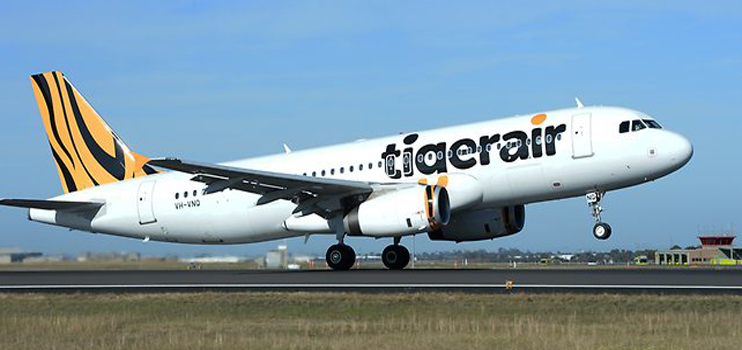One in 20 flights canceled on world's second busiest route
05 March, 2019
3 min read


People traveling between Sydney and Melbourne were the domestic passengers most likely to see their flights canceled in 2018 as Australian carriers recorded a below average on-time performance for the year.
Government statistics released Tuesday showed more than one in 20 flights were canceled on the world’s second busiest route with the rate standing at 5.4 percent in both directions.
Other routes with above average cancellations included Brisbane-Sydney (3 percent), Broome-Perth (2.9 percent), Sydney-Brisbane (2.8 percent), Canberra-Sydney (2.8 percent) and Alice Springs-Darwin (2.6 percent).
Weather and other issues saw overall on-time performance figures for 2018 coming in at a sub-par 79.8 percent for arrivals and 80.8 percent for departures.
READ: Australia's newest airport named after pioneering woman pilot
This was below both the 2017 figures and the long-term average for all monitored routes of 82.5 percent for arrivals and 83.8 percent for departures.
The overall cancellation rate of 1.8 percent was also above the long-term average of 1.5 percent but below 2017's 1.9 percent.
Line honors for the major domestic airlines were split between Qantas and Virgin Australia.
Qantas narrowly achieved the highest rate of on-time arrivals, arguably the most important of the two figures to passengers, with 80.9 percent.
It was followed closely by Virgin at 80.8 percent, Jetstar at 75.3 percent and Tigerair Australia at 68 percent.
Virgin’s lead for on-time departures was slightly higher as 82.5 percent of its aircraft got away within 15 minutes of scheduled departure, compared to 81.5 percent at Qantas.
They were followed by Jetstar at 73.1 percent and Tigerair, which has a smaller fleet, at 69.3 percent.
For the regional carriers, QantasLink outperformed its competitors for both on-time arrivals (84.3 percent) and departures (85.2 percent). It was followed by Regional Express (79.6 percent arrivals 83 percent departures) and Virgin Australia Regional Airlines (75.3 percent arrivals, 78.2 percent departures).
Combining the major full-service and regional airlines saw the Qantas network (Qantas and QantasLink) beat its Virgin equivalent with 82.7 percent of its flights arriving on time and 83.5 percent departing on schedule.
Tigerair Australia emerged king of the cancellations with 3.5 percent of its flights canceled during 2018.
VARA came second at 2.7 percent followed by Jetstar (2.5 percent), Qantas (1.9 percent) Virgin (1.7 percent), QantasLink (1.5 percent) and Regional Express (0.9 percent).
The Bureau of Infrastructure, Transport and Regional Economics monitors 64 routes and found Mt Isa Airport recorded the lowest percentage of on-time arrivals at 65.8 percent while four out of 10 flights at Ayers Rock Airport failed to get away on time.
Get the latest news and updates straight to your inbox
No spam, no hassle, no fuss, just airline news direct to you.
By joining our newsletter, you agree to our Privacy Policy
Find us on social media
Comments
No comments yet, be the first to write one.

